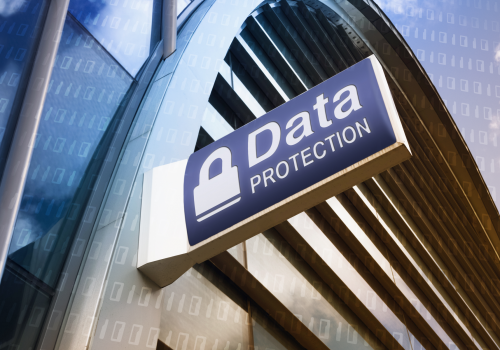By agreeing that Information Security is aligning among the most important factors in our everyday lives, we must take a step back to reconsidering our role in the widely connected network of electronic devices. While hyper-connectivity is becoming a concern across the business world, the actual threats and drawbacks caused to the organizations due to information theft have become immeasurable. Further, personal gains and bribery flourish in the presence of such activities. Regarding information as a strategic resource, we have seen organizations reconsidering their network architecture management. Yet, quantifying the value of information is something with extreme difficulty to conduct, because information is valuable to various stakeholders differently.
Hyper-connectivity though is raising parallel to the desire of individuals of obtaining more electronic devices, enabling them to keep up and classify the amount of information received daily. Additionally, technology is also allowing us to operate various products through different portables and wearables. The dominating terms in the technology sphere, namely; the Internet of Things (IoT), Web of Things (WoT), and the Internet of Everything (IoE), have majorly driven this desire in particular. Similarly, Radio Frequency Identification (RFID), Bluetooth, and WiFi enabling products have driven the need for organizations to better manage their firms internally. In fact, with a great application, not only business entities but also governmental organizations has witnessed their potential to crack through major problems and create many amazing solutions.
However, vulnerability to feed information from one device to another is struggling to be overcome. Employing technology is indeed what is creating value to the customers and is easing the use of many used-to-be complicated to operate machines. Convenience, on the other hand, has become undeniable with the use of technology in manufacturing different products, and this is only the beginning.
Security of information is becoming increasingly important and, thus, regulated through different legal policies. Correspondingly, the constantly enlarging interconnectedness of devices is creating a new, as much as, a competitive business environment across the globe. Nonetheless, the civil aviation industry, the automobile industry, fashion, and basically all the industries are being to some degree dependent on technology. However, is it scary to think that hyper-connectivity is creating economic and social changes that not all can cope with? Many research reports have been regarding hyper-connectivity as being positive to the developing countries and to the economic development through the improvement of business processes and quality of research.
Moreover, hyper-connectivity, in addition to major technological advancements has been helping businesses to create more value in their products or services they provide. Similar to human beings, electronic devices are initially connecting to one another, and then start to share information. However, businesses are learning from the interconnectedness and interaction of customers to their services, and products. Thus, such phenomenon totals to improving their business processes and value creation to customers. Depending on the industry, hyper-connectivity is being used to increase the safety of individuals and predict various unexpected events, before even happening. Consequently, management can structure better business strategies in favor of their customers. Marketing experts also regard hyper-connectivity as having enormous benefits when it comes to understanding their customers.
Affecting their marketing strategy, hyper-connectedness has revolutionized the way we sell, the way we buy, and even the places we buy or engage with, to address the daily needs. According to UBM Tech survey 66% of respondents believe that hyper-connectivity will improve customer services, while 46% of them say it will help on building stronger customer relationships. However, 31% of respondents think it will open new communication channels, and 27% of them say it is likely to increase revenues.
Although hyper-connectivity is adding value to businesses, the respondents of this research expect to see an increase on multi-device compatibility; counting for 70%. In addition, they expect to experience seamless connectivity; counting for 59%. Surprisingly enough, only 24% have regarded security enhancements as an envisioned change in mobile applications. Such answers raise questions on the pessimistic behavior towards the increase of information security from our society.
Apparently, the benefits of hyper-connectivity have been siding more on the businesses side rather than individuals. Respectively, companies should address this issue as having an extensive importance to not only providing value to their customers but also gain their trust when providing sensitive information. Certifying against various standards in the ISO 27000 family may be one way to increase the assurance of customers. Moreover, social responsibility is complemented through such assurance by also witnessing that the specific organization has an Information Security Management Systems (ISMS) in place and clients’ information will not be compromised or used for any other reason besides the ones to the client’s benefits.
PECB
Making a decision of whether to implement or structure an Information Security Management System (ISMS), might be influenced by business objectives and priorities, existing IT maturity levels and Internal Audit capability. Further, enterprise ability to adapt to change, legal compliance requirements and existing training programs shape this decision making. PECB offers both training and certification in ISO/IEC 27001, ISO/IEC 27002, ISO/IEC 27005, Privacy Implementer as well as Risk Assessment methods, among others. Visit us through www.pecb.com.









